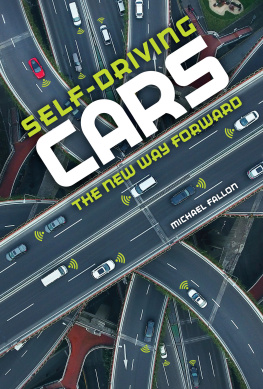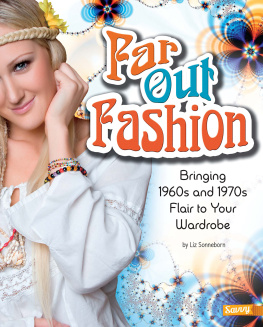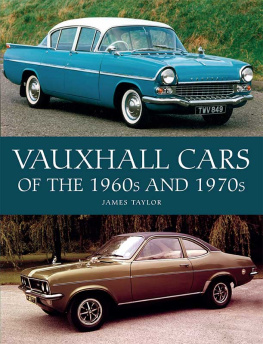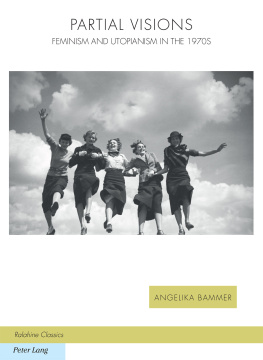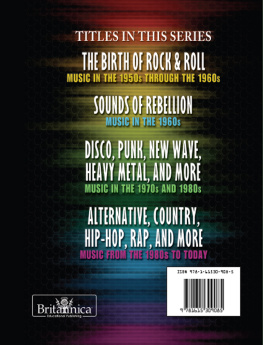Michael Fallon - Creating the Future: Art and Los Angeles in the 1970s
Here you can read online Michael Fallon - Creating the Future: Art and Los Angeles in the 1970s full text of the book (entire story) in english for free. Download pdf and epub, get meaning, cover and reviews about this ebook. year: 2014, publisher: Counterpoint, genre: Art. Description of the work, (preface) as well as reviews are available. Best literature library LitArk.com created for fans of good reading and offers a wide selection of genres:
Romance novel
Science fiction
Adventure
Detective
Science
History
Home and family
Prose
Art
Politics
Computer
Non-fiction
Religion
Business
Children
Humor
Choose a favorite category and find really read worthwhile books. Enjoy immersion in the world of imagination, feel the emotions of the characters or learn something new for yourself, make an fascinating discovery.

- Book:Creating the Future: Art and Los Angeles in the 1970s
- Author:
- Publisher:Counterpoint
- Genre:
- Year:2014
- Rating:3 / 5
- Favourites:Add to favourites
- Your mark:
Creating the Future: Art and Los Angeles in the 1970s: summary, description and annotation
We offer to read an annotation, description, summary or preface (depends on what the author of the book "Creating the Future: Art and Los Angeles in the 1970s" wrote himself). If you haven't found the necessary information about the book — write in the comments, we will try to find it.
The passing of those fashionable 1960s-era icons, in fact, allowed the development of a chaotic array of outlandish and independent voices, marginalized communities, and energetic, sometimes bizarre visions that thrived during the stagnant 1970s. Fallons narrative describes and celebrates, through twelve thematically arranged chapters, the wide range of intriguing artists and the worldnot just the objectsthey created. He reveals the deeper, more culturally dynamic truth about a significant moment in American art history, presenting an alternative story of stubborn creativity in the face of widespread ignorance and misapprehension among the art cognoscenti, who dismissed the 1970s in Los Angeles as a time of dissipation and decline.
Coming into being right before their eyes was an ardent local feminist art movement, which had lasting influence on the direction of art across the nation; an emerging Chicano Art movement, spreading Chicano murals across Los Angeles and to other major cities; a new and more modern vision for the role and look of public art; a slow consolidation of local street sensibilities, car fetishism, gang and punk aesthetics into the earliest version of what would later become the Lowbrow art movement; the subversive co-opting, in full view of Pop Art, of the values, aesthetics, and imagery of Tinseltown by a number of young and innovative local artists who would go on to greater national renown; and a number of independent voices who, lacking the support structures of an art movement or artist cohort, pursued their brilliant artistic visions in near-isolation.
Despite the lack of attention, these artists would later reemerge as visionary signposts to many later trends in art. Their work would prove more interesting, more lastingly influential, and vastly more important than ever imagined or expected by those who saw it or even by those who created it in 1970s Los Angeles. Creating the Future is a visionary work that seeks to recapture this important decade and its influence on todays generation of artists.
Michael Fallon: author's other books
Who wrote Creating the Future: Art and Los Angeles in the 1970s? Find out the surname, the name of the author of the book and a list of all author's works by series.

